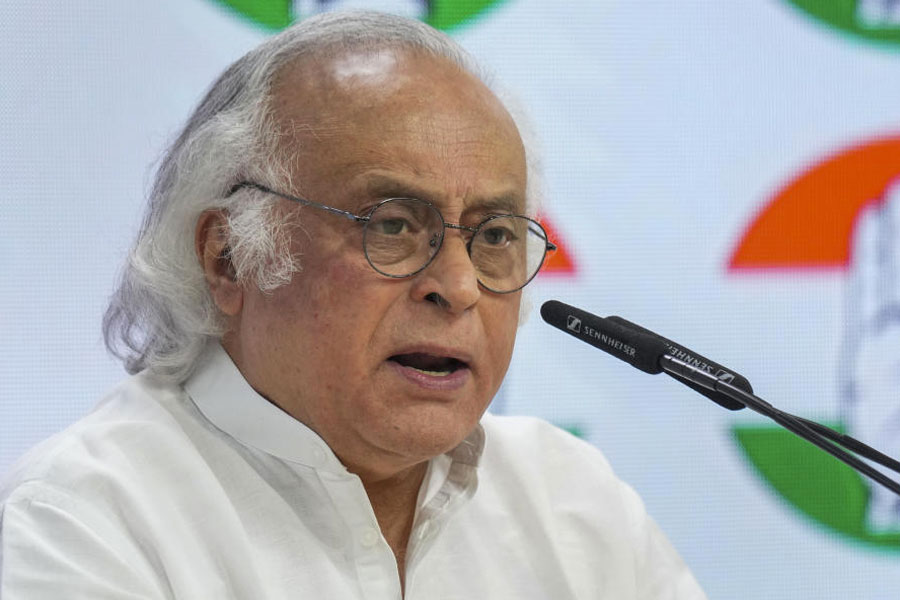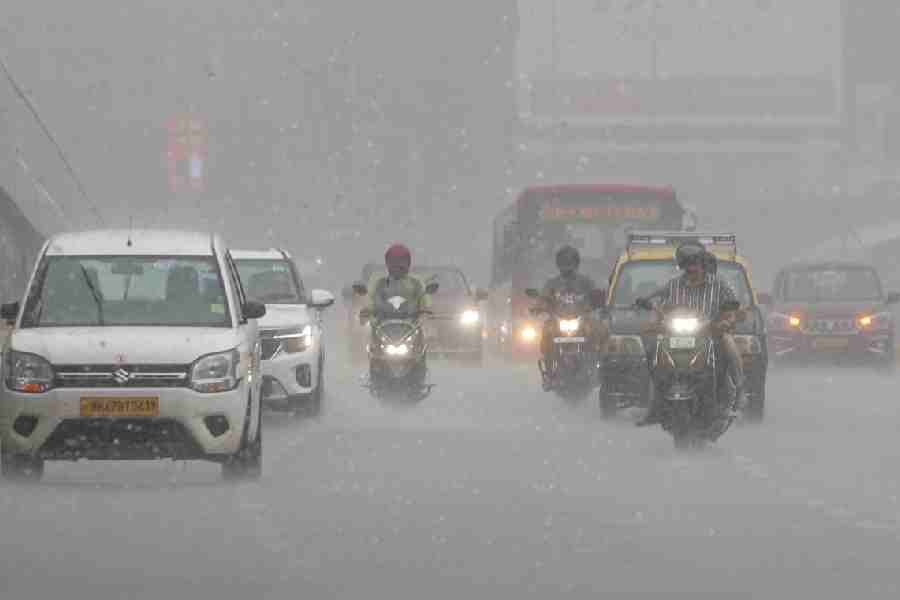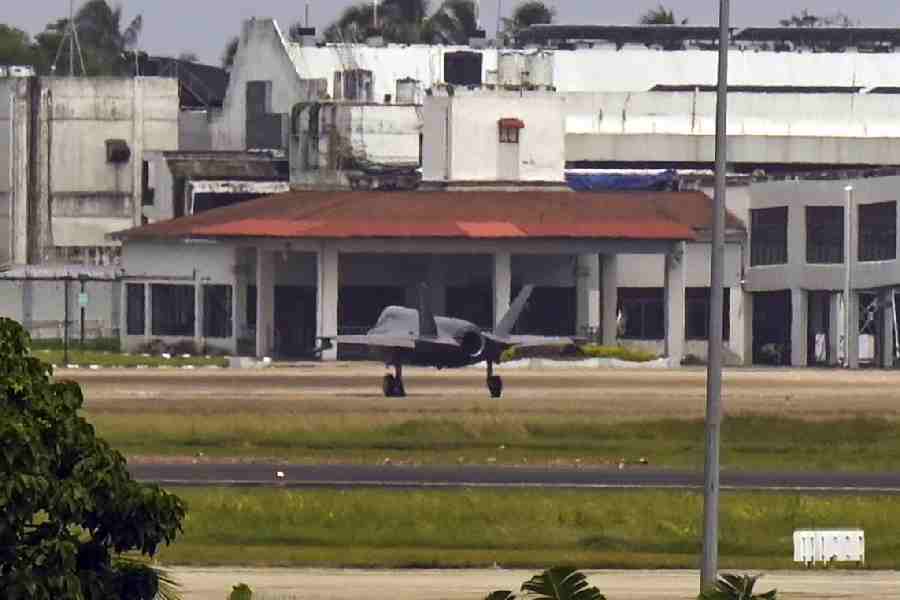The matter of the elephant’s ‘teeth’
jjjjjjjjjjjjjjjjjjjjjjjjjjjjj
Acting Chief Justice of Jharkhand High Court, S.J. Mukhopadhyay, is convinced that one of the youngest high courts in the country has acquitted itself well. In terms of computerisation, he confides, Jharkhand High Court has been cited as a model by the apex court and officials from other high courts have been visiting Ranchi to study how it was done. The high court now can monitor, online, the status of any case pending before any court in the state, he declared and showed this writer several neatly compiled computer print-outs from different districts. Every district is now required to update the records and keep the high court informed of the bottlenecks.
Computerisation appears to have speeded up disposal of cases. Even in districts like Chatra and Palamau, where, one was given to understand people no longer approached the judiciary, both number of cases and disposal of cases have gone up, according to records. Even the lobby of lawyers highly critical of the acting chief justice, acknowledge that he has been instrumental in speeding up disposal of cases. But, they argue, this has been achieved at considerable cost.
Computerisation has been carried out with generous funding made available by the government, critics complain (implying that no credit should be given to the judge), but the emphasis on speedy disposal has resulted in denial of justice to many. Hurried orders, they say, with little application of the mind have ruined many litigants in the state. Not many, they point out righteously, can afford to go in appeal, either to the high court or to the supreme court, for that matter.
This writer has no way of knowing if the criticism is justified. But miscarriage of justice is not exactly rare in Indian courts. It is possible, however, for the high court to constitute a body of retired judges and lawyers, which can go through such cases, and in the face of compelling evidence, may even be allowed to request the high court to review the judicial pronouncement. What is apparent, however, is the acting chief’s single-minded diligence in modernising the administration of justice.
Justice Mukhopadhyay candidly acknowledges that the young high court is faced with an extraordinary number of tricky cases. “I am not aware of any other high court, which has to deal with so many fundamental issues as we are being forced to deal with,” he told this writer. Facts certainly bear him out. Take the question of law involved in the transfer of land. Quite apart from the restrictions imposed by the Chhotanagpur and Santhal Parganas Tenancy Acts, the judiciary must grapple with the question if there can exist two sets of rules for transfer of land.
When you sell a plot of urban land to the promoter for a building block, you take part-payment in cash but you also claim a share in the property being built. “It is your land and the promoter’s capital,” is the argument “so the promoter does not mind earmarking one, two or more flats for you as part of the deal”.
But when it comes to transferring rural land for industry or mining, the settlers of the land are unceremoniously bundled out after being paid an arbitrary sum of money. There is no negotiation and no stake created for the land-owner in the industry. The legal position becomes even more complicated if the land is found to be sitting over a goldmine or reserves of coal or iron-ore.
Take another example. While states in the northeast have been clubbed in the Sixth Schedule of the Constitution, tribal areas of other states are governed in accordance with principles laid down in the Fifth Schedule. Tribal population in undivided Bihar was just about eight per cent. As is widely known, the Fifth Schedule calls for a tribes advisory council, tribal sub-plan areas and a pro-active role by the governor in tribal welfare.
But the percentage of tribals has gone up to nearly 30 per cent in Jharkhand. But they are still subject to the fifth schedule though their population at 75 lakhs is two-and-a-half times higher than the tribal population of Assam. But Assam, as other northeastern states, are dealt with by the Sixth Schedule, which allows tribal areas to have autonomous councils and follow customary law.
So, should Jharkhand be seen as a tribal state or should it be seen as just another new state? It is clearly a thankless task, setting ground rules for a state-in-the-making.
Justice Mukhopadhyay is said to be on the verge of a transfer. Among other things, it is his sense of humour that will be missed. The judiciary, he had said, is like the elephant. It cannot bite though it has teeth. “So, we have to occasionally remind people that we, too, have some teeth,” he had quipped with his eyes gleaming.











